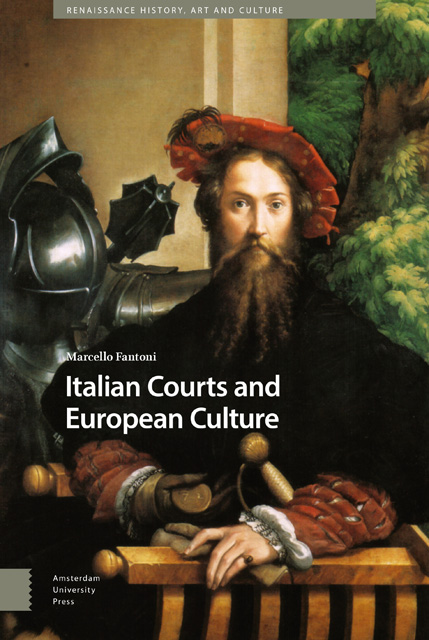Summary
It is time to take stock. Most of the examples cited were widely known, but – as I have said several times – the point was not so much to bring new evidence, as to put together an overall picture that was as coherent as possible. We also knew about the huge sales of the Cortegiano, of the art trade, the circulation of aesthetic and behavioral codes, and the mobility of artists. This is already one first thing to consider: the information was (is) under everyone's eyes. And it is also true that, in certain disciplinary sectors, some scholars had already suggested partial interpretations. But I do not think I was knocking on an open door. First, because there was no overall theory, however sketchy. Second, because it was a matter of outlining a seemingly heterogeneous cosmos of facts that was organic. Finally, because interpretations persist that refuse to take this evidence into account.
Clearly, many different pieces needed to be assembled. To do this, I have combed every text I could get my hands on. And yet, I have barely scratched the surface of an immense, multifaceted universe. The examples I could (or should) have brought go far beyond what a single book can hope to treat. More important than the piles of data, however, was realizing that their importance lay not so much in their mass as in how they combined and interacted. On the same principle, though the various manifestations of culture follow their own courses, what matters is that they are dialectically interrelated, and that they make up as many facets of one single macrophenomenon that is articulated on various planes. Like the many ingredients of a cake, each has its own flavor, but on their own they give no sense of the whole and leaving out even one compromises the overall result. In short, tout se tien.
The question can and should be posed in other terms, then. If we want to grasp the meaning of what happened, we need to take a distant look that can take in the variables without ever losing the common denominators. The many pieces, if put together, give life to a mosaic that can be read only if we stand slightly removed from it.
- Type
- Chapter
- Information
- Italian Courts and European Culture , pp. 259 - 274Publisher: Amsterdam University PressPrint publication year: 2022



